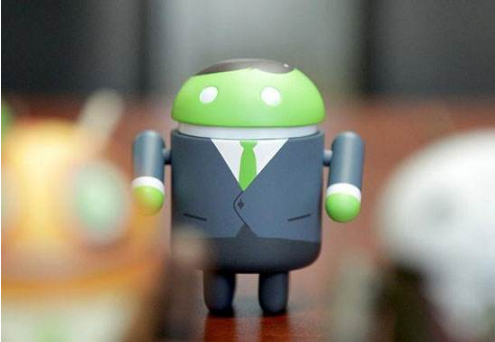The graduate student did two years of Android application. During the internship, he switched to embedded application software development and took a piece of equipment that had been transplanted with RTOS. It was only after entry that they were both open source, stable, and experienced operating systems that were polished by many device manufacturers. They learned from the following points.

General operating system and real-time operating system:
Dual system
The two operating systems are often used together:
Android MCU dual MCU
1. AP (Application Processor) is an ARM architecture equipped with Android, running system and applications. It sleeps in high power standby mode, WIFI, and LCD.
2. BP (BaseBand Processor) architecture equipped with RTOS, running communication protocol, RF, GPIO, low power consumption
TP_Link Small White Routing Dual System
1. Equipped with Android4.2, running APP to enhance application capabilities
2. With RTOS, complete security, strict, professional routing
Qualcomm Snapdragon 810/7 series processor
1. An ARM running Linux-based Android OS
2. One ARM Run (RTOS)
Scalable Linux and TI RTOS Solutions for TI Processors
During the investigation of the data, it was found that TI also provided a set of extensible Linux, Android, and RTOS solutions based on its own processor, the same processor, optional SDK, and operating system. Android, of course, is a fuller, more top-level operating system. Real-time operating systems such as ucos, such as the recently-acquired rtos, only provide tasks such as task scheduling, synchronization, mutual exclusion, and clocking. Therefore, they must have kernel groups, BSP&DSP, and applications. The software developer fills (transplants) flesh in this skeleton again: lwip (small TCP/IP protocol stack), fatfs (file system), driver (various peripheral driver), framework, ucGUI, bsp and so on.
General operating system and real-time operating system
First, the design of a general-purpose operating system focuses on the average response time of each execution without concern for the response time of a particular execution. Many of the strategies and techniques used in general-purpose operating systems embody this design principle.
The large-scale os code includes many contents. Take linux, it includes the complete code content such as schedule, file, network, and driver.
Second, for real-time operating systems, in addition to meeting the functional requirements of applications, it is more important to meet the real-time requirements of applications, and the real-time requirements of many real-time tasks that make up an application are different. In addition, there may be some complex associations and synchronization relationships among real-time tasks, such as execution order restrictions, mutually exclusive access requirements for shared resources, etc. This poses great difficulties for the system's real-time guarantee. Therefore, the most important design principle followed by the real-time operating system is: using various algorithms and strategies to ensure the predictability of system behavior.
The general rtos, to take everyone familiar with ucos2, just contains the scheduling, synchronization, mutual exclusion, clock and other code. If the system engineer needs to take ucos2 to do a project, then he also needs bsp, lwip, ucGUI, fatfs, driver, framework, etc. to compose a complete system.
Predictability means that at any moment in the system operation, in any case, the real-time operating system's resource allocation strategy can reasonably allocate resources for multiple real-time tasks that compete for resources (including CPU, memory, network bandwidth, etc.). The real-time requirements of each real-time task can be met. Unlike general operating systems, real-time operating systems do not focus on the average performance of the system, but require that each real-time task meet its real-time requirements in the worst case, that is, the real-time operating system focuses on individual performance. More precisely, it is the individual's worst-case performance. Third, the difference between the difference
There are several major differences:
(1) Different task scheduling strategies.
(2) The memory management method is different.
(3) interrupt handling.
(3) The system management method is different.
Plastic Bluetooth Charger,Mobile Charger Wireless,Suction Cup Wireless Power Bank,Suction Power Bank
Shenzhen Konchang Electronic Technology Co.,Ltd , https://www.konchang.com